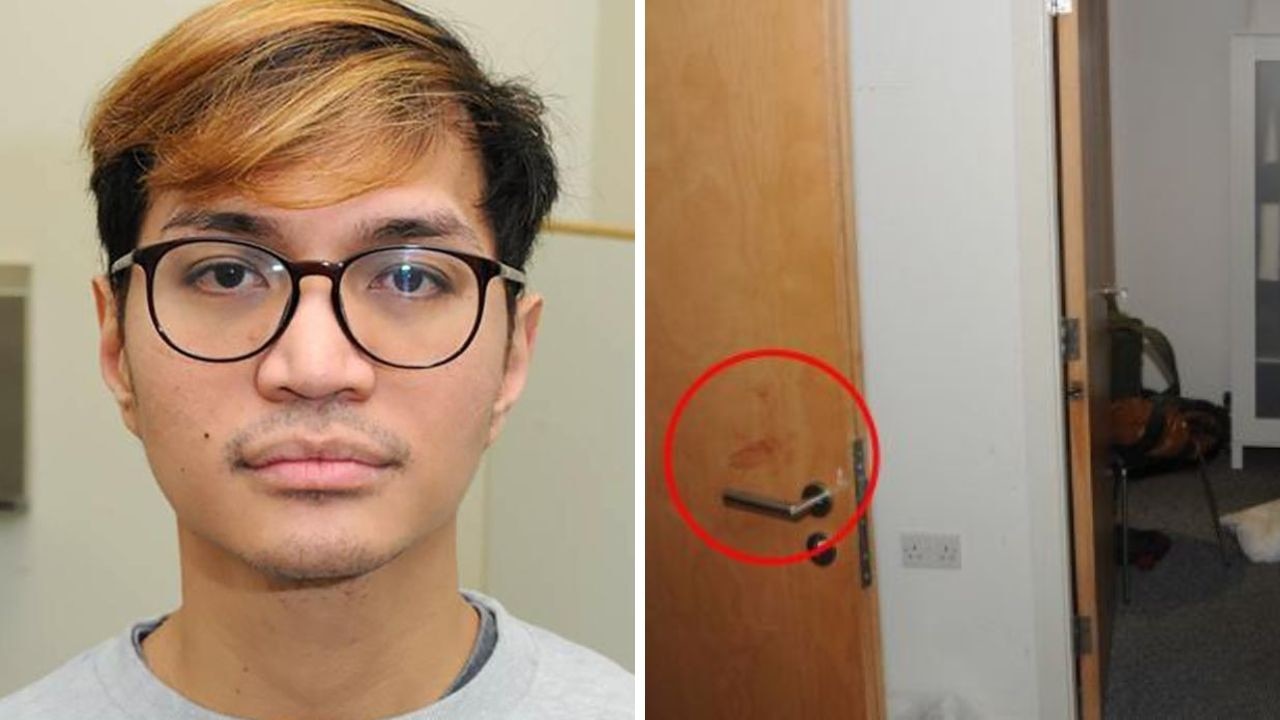‘Alarming decline’ in Gen Z condom use prompts WHO warning
The World Health Organisation has called for “immediate and sustained action” over an “alarming” adolescent sex admission.

The World Health Organisation (WHO) has issued a warning about an “alarming decline” in condom use among adolescents that is expected to lead to a long list of consequences, including higher STI rates and increased healthcare costs.
A recent study found that almost a third of 15-year-olds (30 per cent) reported using neither a condom nor a contraceptive pill the last time they were sexually active, The New York Post reports.
If they did use a form of contraception, they were less likely to use a condom than the pill.

Condom use among sexually-active adolescents worldwide has declined significantly over the past decade.
Teens from poorer or “low-affluence” families were more likely to have reported not using a condom.
Condom use among girls was lowest in Albania (24 per cent) and highest in Serbia (81 per cent). For boys, the lowest rate was found in Sweden (43 per cent), while the highest rate was in Switzerland (77 per cent).
However, the experts warned that the “worrying” trend of unprotected sex among the school-aged children they surveyed seemed to be a “pervasive” issue across Europe.
This has put a concerning amount of young people at significant risk of sexually transmitted infections (STIs), unplanned pregnancies and, as a result, potentially unsafe abortions.
“While the report’s findings are dismaying, they are not surprising,” WHO regional director for Europe, Dr Hans Henri P Kluge, said in a statement.
The experts explained that a lack of sexual education and access to contraceptive methods along with a concerted effort to block sexual education has led to this health crisis.
“Age-appropriate comprehensive sexuality education remains neglected in many countries, and where it is available, it has increasingly come under attack in recent years on the false premise that it encourages sexual behaviour, when the truth is that equipping young persons with the right knowledge at the right time leads to optimal health outcomes linked to responsible behaviour and choices,” Dr Kluge said.

The WHO issued the recent warning noting an “urgent need” to address the situation.
“We need immediate and sustained action, underpinned by data and evidence, to halt this cascade of negative outcomes, including the likelihood of higher STI rates, increased healthcare costs, and – not least – disrupted education and career paths for young persons who do not receive the timely information and support they need,” Dr Kluge warned.
“Ultimately, what we are seeking to achieve for young persons is a solid foundation for life and love.”
But this isn’t just an issue confined to Europe.
UNSW’s National Debrief Survey in 2019 found that 75 per cent of Australians aged 15 to 29 had had sexual intercourse without condoms at least once in the 12 months prior.
At the time, the study’s lead author, Dr Philippe Adam, warned unprotected sex was “highly prevalent among young people”.
“Contrary to what is often assumed, engaging in condomless sex is not related to a lack of knowledge about STIs,” he said.
“It is primarily due to social norms regarding the use of condoms that are only moderately supportive. In other words, not all young people think that their peers would expect them to use condoms.”
This article originally appeared on The New York Post and was reproduced with permission





